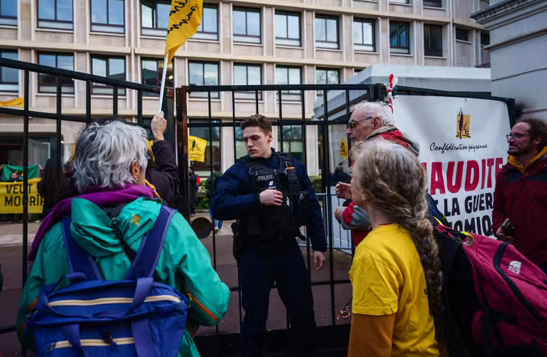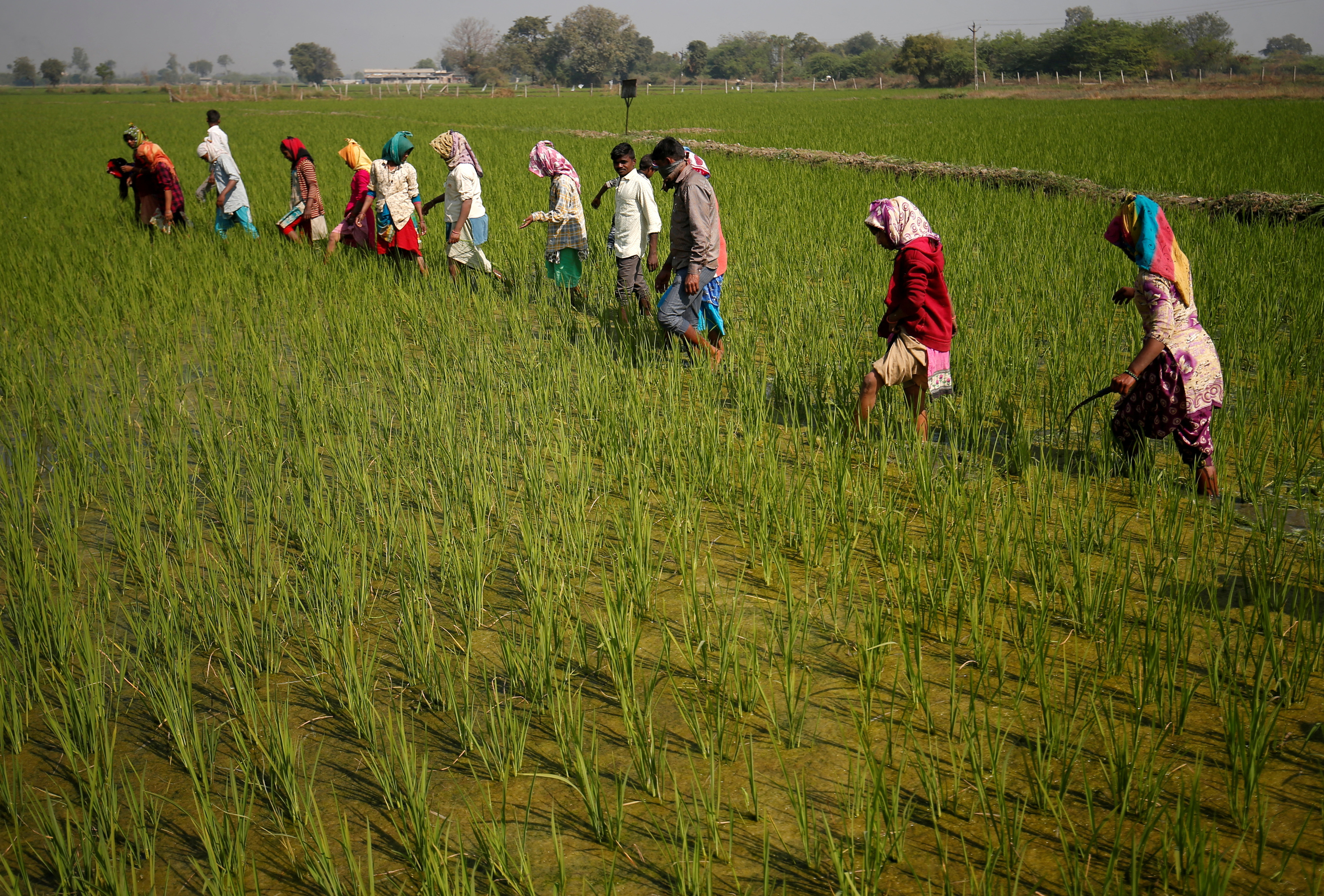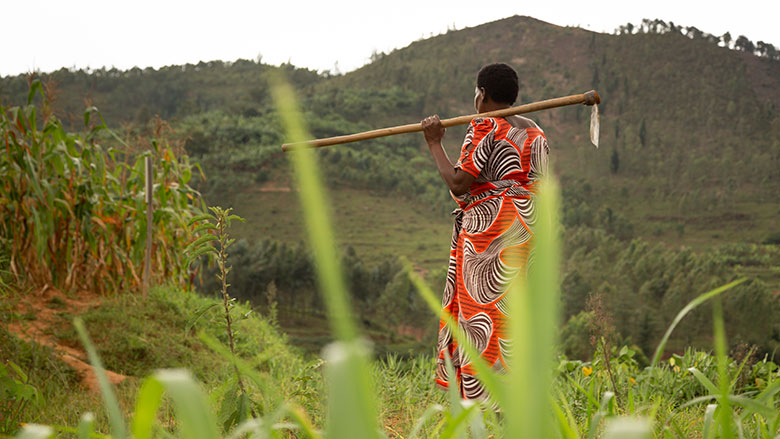This past summer demonstrated that we are now locked into a new “Hot War.” Climate disruption is upon us.
Might we learn lessons from how America mobilized to engage national security threats during the last century to help guide our decisionmaking about how to engage the current global warming threat?
The highly respected European Copernicus Climate Report recently affirmed that this summer was the warmest ever recorded and that worrisome records have been set for high ocean-surface temperatures. Global warming, pushed by high carbon dioxide and methane emissions caused by burning coal, oil and natural gas, is raising climate disruption. We now have higher levels of water vapor in the atmosphere and more rapid evaporation and cloud formation. This leads in some places to devastating rains and flooding and in others to deep droughts, crop losses and extended forest fires’ destruction.
Warming ocean waters feed energy to hurricanes and typhoons, upping their wind velocities, tidal surges and destructive power once they crash ashore. Canada’s unprecedentedly large forest fires pushed smoke to unsafe levels across U.S. East Coast and the Midwest. Sustained heat domes sat over many parts of California, New Mexico, Arizona, Texas, Oklahoma and Florida. Phoenix suffered with a streak of 31 days above 110 degrees Fahrenheit. Maui saw grass fires pushed by high winds destroy the historic town of Lahaina. Florida’s heatwave pushed surface temperatures of the waters around the Florida Keys to 100 degrees.
Bill McKibben, one of our most important ecological activists, rightly points to how America surged its industrial power to help win World War II by pushing a vast effort to build huge factories to pump out tanks, guns, bullets and airplanes. Americans accepted the need to raise our military spending to roughly 41 percent of gross domestic product.
President Franklin D. Roosevelt reached out in May 1940 to the president of General Motors, Bill Knudson, to head America’s industrial mobilization for war preparedness. Knudson agreed to come to Washington. They made a great team. Roosevelt and his Cabinet distrusted America’s industrial giants because of the memory of excessive war profiteering in World War I. Knudson, fresh off of a trip across Europe, saw how Germany was mobilizing for war and pushed Roosevelt to dispense with taking corporate bids for weapons contracts.
Knudson stressed that we needed to act fast and make quick deals with major industrial players that could commit to rapid industrial production of needed weapons systems if they had guarantees from the federal government for compensation for all production costs and an assured profit margin of seven percent. This was called “cost plus.” Workers joined in to support the effort when high wages were added to the deal. America’s critical role in helping to win World War II was a joint effort of Big Government and Big Business.
This effort cost big bucks. To pay for it all, Roosevelt raised the top marginal income tax bracket on the nation’s richest families to 94 percent. That bracket kicked in at $200,000, roughly $2.5 million in today’s dollars. Drafting the wealth of the rich seemed fair when our nation was drafting young men to risk their lives on the battlefield.
During the height of the Cold War, the United States thought it prudent to hold our defense spending at roughly 10 percent of GDP. It was a lot of money, but it seemed justified to buy increased national security against the Soviet threat. America’s richest families in that era faced an income tax with a top marginal rate of 70 percent.
Our current military defense budget is greater than that of the next nine nations combined. When you combine the military budget with the Department of Energy’s nuclear weapons budget and various other budget lines, our total military spending annually hits around $1 trillion. That is huge in absolute numbers, but our economy across the decades has also become huge — now above $26 trillion. As a percentage of our GDP, our current military spending stands at a historically modest 4 percent.
America needs to add a new annual climate security budget pegged to our level of military defense spending. If military spending now annually stands at roughly $1 trillion, adding an equivalent new climate security budget would still bring total national security spending — combined military security and climate security — up to 8 percent of GDP, which is below what we did throughout the height of the Cold War.
This climate budget is needed to pump up solar, wind and geothermal power sources and to create new jobs in surging new industries aimed at allowing our nation to reduce our fossil fuel consumption and thus cut carbon emissions. It is needed to help our nation help support other nations’ similar efforts.
This summer has been a powerful wake up call. We, as a nation and as a global community, now are engaged in a Hot War, a conflict triggered by our collective greenhouse gas emissions. We need to mobilize with seriousness against it as we did during World War II and the Cold War.
The usual suspects will mock this suggestion as naive and impossibly expensive. But history shows that the argument that America can’t possibly do this is starkly false. Americans mustered the willpower for this level of security spending for decades, and thought paying higher income and corporate taxes was justified by the scale of the threat. Our Cold War response demonstrates what America can and must do to mitigate the threats we face today in this new Hot War.
Source - https://thehill.com













